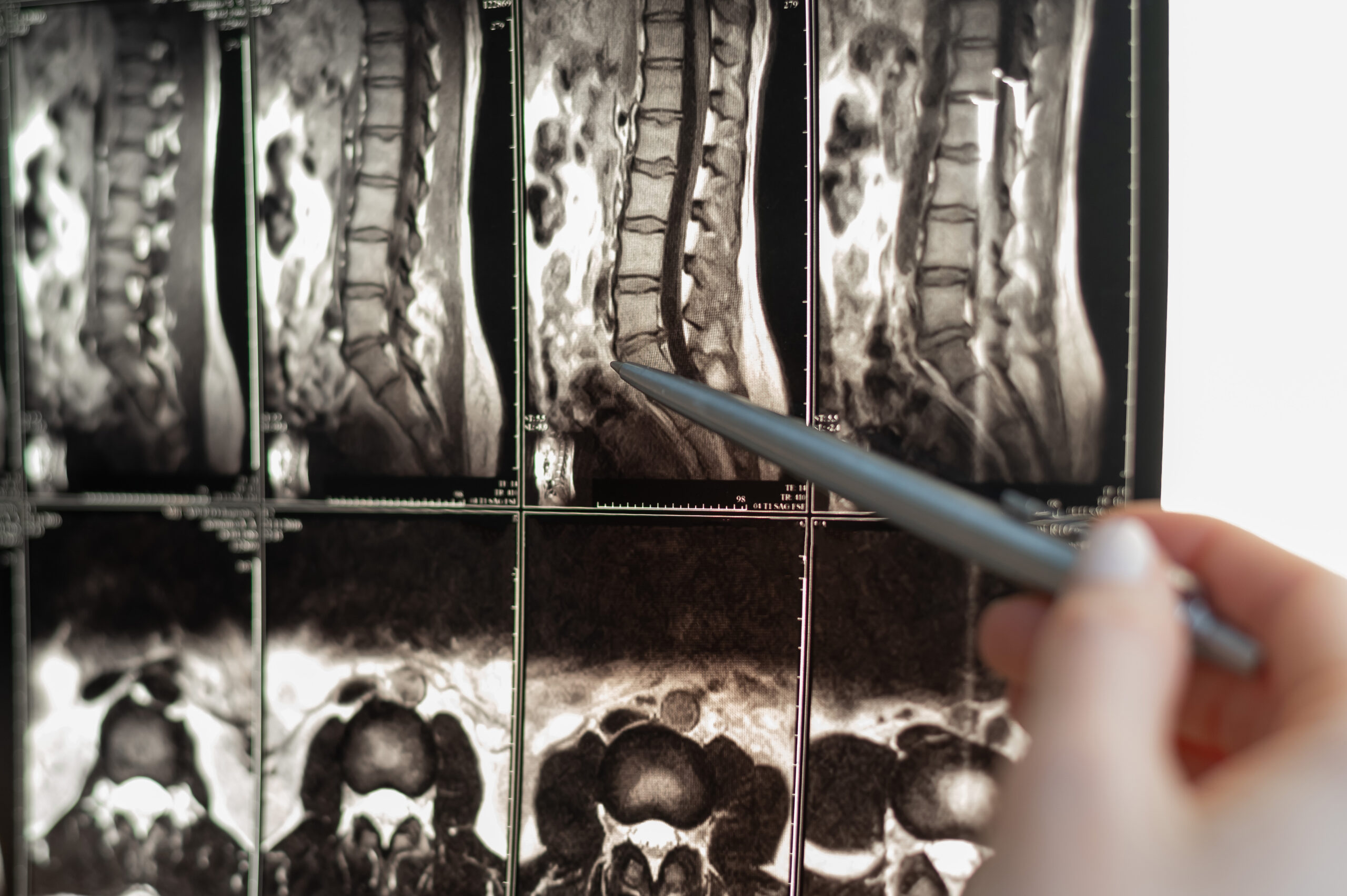AI discovery could advance the treatment of spinal cord injuries
A combination of AI and robotics might help people recover from spinal cord injuries. A Rutgers-led team has used the technology to stabilize an enzyme, Chondroitinase ABC (ChABC), that can degrade scar tissue from spinal cord injuries and encourage tissue regeneration. Where the enzyme only lasted for a few hours at body temperatures, it now lasts over a week — enough to have a more substantial effect.
The researchers started by using machine learning to identify synthetic copolymers (artificial polymers made from more than one monomer) that would last the longest inside a human. Liquid-handling robotics synthesized the copolymers and conducted the tests. This was one of the “first times” AI and robotics have been used in tandem to produce therapeutic proteins that were effective to such a degree, according to Rutgers assistant professor and lead study investigator Adam Gormley.
The stabilized enzyme doesn’t amount to a functional treatment for spinal cord injuries, at least not yet. The scientists noted their tech pairing created a “promising pathway” toward longer-term tissue regeneration, not the solution itself. Even so, this project highlights one of the advantages of using AI to develop treatments. Algorithms can find compositions that would be difficult or time-consuming to locate for human researchers, making therapies practical where they weren’t an option before.
All products recommended by Engadget are selected by our editorial team, independent of our parent company. Some of our stories include affiliate links. If you buy something through one of these links, we may earn an affiliate commission.






